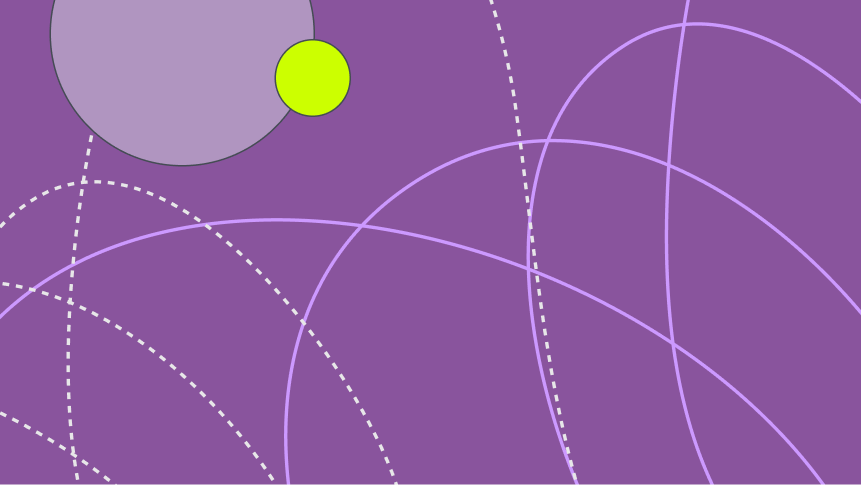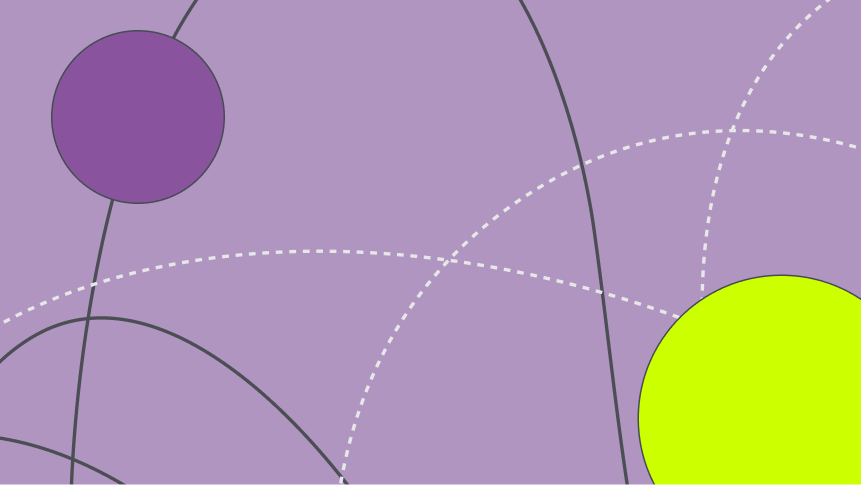To maximise the economic and environmental benefits of circular business models, it is important for businesses to explore a wider and more diverse range of business models. Rental, resale, repair and remaking have gained the most traction to date, but they are not the only ways to generate revenue without making new products. Exploring a wider variety and combining them where applicable could open up new markets in the fashion industry and bring even greater environmental benefits.
When thinking about new business models, it is helpful to approach the task from an outcomes perspective – what outcomes should a new business model achieve?
Circular business models fall into three categories:
More use per user
More users per product
Beyond physical products
More use per user
Business models can be designed to enable the customer to wear the product more and for longer. This could include designing products to be physically and emotionally durable, providing services to support long-term use, and empowering users to use their products more and for longer (e.g. tips for DIY customisations).
Examples of businesses putting this into practice
H&M Group offers a customisation service and publishes tips and guidance for customers to customise items themselves to encourage products being used for longer. H&M Group also launched M.IN.T Care, an initiative providing repairrepairOperation by which a faulty or broken product or component is returned back to a usable state to fulfil its intended use., mending, and washing services. The platform also provides ‘do-it-at-home’ tips, including useful repair hacks and remake tips, inspiring users to make fashion last longer.
Tommy Hilfiger has rolled out different circular business models through Tommy for Life. It takes pre-owned TOMMY HILFIGER and TOMMY JEANS pieces as well as damaged items from retail operations to repair for resale, or remix into unique new styles. Tommy for Life provides the Tommy product teams with data on the most common points of damage of an item, which can then be fed into the design process to create more durable products in the future.
More users per product
Business models in this category are designed to facilitate the movement of products from user to user, so the products are used more. This could involve designing platforms and/or services. This category can include a range of business models, from those that shift a product from user to user after only one wear, to those that move a product on after a significant period of use.
Examples of businesses putting this into practice
GANNI is combining rental, remaking and resale business models. It launched rental platform, ‘GANNI Repeat’, as a first trial in Denmark in 2019, which has now been expanded in the UK and US, and has introduced remade products from to the platform from the brand’s GANNI’s previous collections. Recently, GANNI also partnered with luxury resale site Vestiaire Collective to work on keeping products in circulation together.
Beyond physical products
Business models in this category move entirely away from the use of physical products and can include alternatives like digital clothing, or services that replace, enhance and complement customers’ fashion needs and aspirations.
Models that go beyond physical products have a huge opportunity to increase the environmental opportunities of circular business models. On a like-for-like comparison, for example, producing one digital product vs one physical product eliminates material waste and reduces greenhouse gas emissions by 97% while, on average, using 3,300 fewer litres of water. It also eliminates physical transport of clothing, resulting in additional greenhouse gas emissions savings.
Examples of businesses putting this into practice
DressX is a digital fashion multi-brand retailer, providing users with digital clothes that they can purchase to be digitally worn immediately. Users receive the picture of themselves with the bought look, which they can use as many times as they want. Users tend to use the images in their social media platforms and to curate their own virtual identities. As such, DressX provides a solution for social media content creation without the need for physical products.
The Fabricant collaborates with physical brands such as Napapijri and Tommy Hilfiger to digitise their marketing campaigns and collections so that products don’t need to be made for them. It also gives away many of its 3D pattern files to its audience of digital creators, encouraging them to create their own iterations of digital garments. The Fabricant works with its brand partners to create digital solutions that are inclusive by design while avoiding the production of items that would not have been used for long.
Combining circular business models
There is great potential in combining business models from these categories. For example, combining resale (which falls under the more users per product category) and repair (which falls under the more use per user category) could help users keep second-hand purchases in use for longer. Such a model could also be combined with a digital model (from the beyond physical products category), for example to enable a user to ‘try on’ an item before buying it, therefore ensuring it is used by the buyer and not wasted after purchase.
What policymakers can do to ensure the full range of circular business models is explored
Policymakers can enable the exploration of a wider range of circular business models and accelerate their uptake by harmonising collection systems, aligning standards to support markets for used products and materials, and preventing textiles being landfilled or incinerated. For this, mobilising public-private collaborations and facilitating dedicated investments, for example through the introduction of well-designed Extended Producer Responsibility (EPR) schemes, will be crucial.
Download
Circular business models is available in: English
Four key actions for businesses
To make sure their business models are circular, and to maximise the positive outcomes, businesses, supported by policymakers, can take four key actions.










